Hunt For a Lost Blackbird
The Plane
Occasionally technology makes an evolutionary advance, not in a small incremental update but with vast step into an uncharted realm. The Lockheed SR-71 Blackbird is one of history's greatest examples of that type of evolution. The design of the Blackbird family of aircraft began in earnest when, in the late 1950s, the Central Intelligence Agency initiated a secret competitive process for radically new platform of intelligence gathering to replace the high flying but vulnerable Lockheed U-2 spy plane. Much of the initial testing of this aircraft was performed under Project Oxcart at Groom Lake, Nevada ("Area 51") by Lockheed and the CIA as the A-12. The SR-71 was the United States Air Force's version of the airframe and the workforce of the Blackbird fleet. First flown in 1964, the SR-71 holds many records to this day including those for the fastest and highest flying air breathing manned aircraft ever built and many course speed records, flying from New York City to London in just 1 hour and 55 minutes. At speeds of Mach 3.3 and altitudes in excess of 85,000 feet, the SR-71 in many ways more resembled a spacecraft than an aircraft.
The brainchild of the aviation legend Kelly Johnson, the SR-71 required completely new materials and concepts to reach speeds in excess of the 3 times the speed of sound. A new engine was developed for the SR-71: the Pratt & Whitney J58. These engines required a new type of jet fuel as well, JP-7, in order have stability without coking at the elevated temperatures of flight. The thermal stability of this hydrocarbon fuel meant that traditional ignition systems would not suffice (a lit match dropped into a bucket of JP-7 would not ignite the fuel), and so a unique ignition system using the pyrophoric Boron compound triethylborane (TEB) was developed. This gave the Blackbird a distinct trailing green flame during the ignition of the engines. Also unique to the SR-71 was it's Titanium airframe. In order to handle the high temperatures associated with flight, it was the first aircraft to be made primarily (85%) from Titanium (which, at the time, came from the very country the aircraft was designed to spy on, the Soviet Union). The heat generated from the friction of air molecules and the aircraft's surfaces at the Mach 3 speeds meant the airframe actually expanded during flight and because of this the aircraft was exceptionally leaky when on the tarmac prior to flight. As a result, it was necessary for the SR-71 to be refueled in flight shortly after take off. These are just a few of the technological advancements that Lockheed engineers were required to make in order to push into the Mach 3 region of sustained flight. Many firsts accompanied the development of the Blackbirds, and by piecing together crash debris you can see some more of these below.
SR-71B overflying the Sierra Nevada mountain range. Image courtesy NASA
Image Courtesy of NASA
A platform for high altitude strategic reconnaissance, the USAF use of the Blackbird was in a many ways a response to the 1960 shoot down of Gary Powers in a U-2 reconnaissance aircraft overflying the Soviet Union. Flying faster and higher than these Surface to Air missile systems could operate, SR-71 could actually accelerate to outrun anti-aircraft threats from missiles fired below. From 1964 to 1998 the Air Force operated the aircraft with 12 accidental losses, but with no losses due to enemy action. While many capable and technologically advanced aircraft have been built since (the B-2 Stealth Bomber, F-22 Raptor, unmanned platforms such as the X-47B, and many others) we have yet seen an aircraft developed with comparable capabilities, amazing considering the design of the SR-71 was developed over 50 years ago in the late 1950s, a time when slide rules were the primary design tool for aircraft engineers. A changing strategic and political environment lead to the termination of the SR-71 in the late 90s, although its predecessor, the U-2 (a much less costly aircraft to maintain and fly) still flies to this day. The US government hasn't officially announced a manned high mach replacement reconnaissance platform for the SR-71 or U-2, although Lockheed Martin recently announced an internally funded project to determine the feasibility of an "SR-72" with capabilities exceeding that of the SR-71, into the Mach 5+ region of hypersonic development. The truth of the changing global environmental today means increasingly high resolution satellite imagery combined with an incredibly successful deployment of Unmanned Aircraft Systems (UAS) have made a costly high speed, high altitude manned aircraft less imperative. UAVs including the currently deployed MQ-9 Reaper, RQ-4 Global Hawk, and the RQ-170 Sentinel, and systems under development such as the "RQ-180" being developed by Northrop Grumman, will likely be the type of aircraft that we see replacing the Intelligence, Surveillance and Reconnaissance (ISR) mission of that the SR-71 once held.
A total of 32 SR-71 airframes were built. 12 of these lost to accidents including the SR-71A 61-7965, which came down over the desert of Northern Nevada in 1967 during a night training flight. This is the story of my hunt for that aircraft.
The Hunt
The first step in any hunt for a lost military aircraft is to obtain a copy of the accident report. In the case of an SR-71, due to the classification surrounding many of its operating systems and characteristics, even today these accident reports remain heavily redacted. From this report, however, it is possible to reconstruct the events that led to the loss of SR-71A 61-7965. Flying the aircraft was Maj. Roy L. St. Martin and behind him his Reconnaissance Systems Operator (RSO) Capt. John A. F. Carnochan. On October 25, 1967, they set out on a night training flight that would follow the below flight plan originating at Beale AFB outside Yuba City, CA, taking them east of Albuquerque, NM where they would meet up with a refueling tanker, before skirting Denver and Salt Lake City on their way back to Beale AFB. All went smoothly until they were ready to decelerate and descend over northeastern Nevada.
At this point a lack of visual reference in the black of night and the failure of the onboard Astro-Inertial guidance system lead to the crew being blind to the changing orientation of the aircraft relative to the ground. Noticing an unusual altitude and unable to recover the aircraft, the RSO bailed out at around 30,000 feet with the pilot ejecting shortly after. Both the pilot and RSO survived the bailouts and parachuted to the desert floor below. The aircraft continued on a near vertical dive and impacted the desert with engines operating on impact. As you can see at right this energetic collision dug a crater 60 feet wide. You can find a more complete description of the conditions leading to the accident on Peter Merlin and Tony Moore's site here.
I was most intrigued by the section shown at right. In the description of the accident site, a mention is made to the recovery of two pieces of debris showing elevated radioactivity, and that the Atomic Energy Commission (AEC) was involved in the disposal of these items. Among the radioactive sources onboard was a unique piece of navigational equipment- the Astro-Inertial guidance system- which contained a small Carbon-14 as a tracking source for the inertio-mechanical mechanism.
After much research and guidance before hitting the field, we first located the site on Easter, 2013. Upon finding debris, the wreckage in question was unmistakable. Titanium littered the landscape and many pieces of debris still retain their characteristic high emissivity black copper oxide paint. Many identifiable pieces of the aircraft were found during this first expedition and included engine components, cockpit avionics and instrument displays, large sections of tires and wheels, external black painted skin sections, wiring and hoses, and gas and liquid lines. Component serial numbers and manufacturers link these parts to the crashed Blackbird. The material composition of the debris included Titanium, Aluminum, Steel, and composites, and it was the materials that provided a microscope into the unique construction of this extreme aircraft.
the Stealth age
The high temperature Titanium alloy of the SR-71 is among it's most recognizable features and it is the speed of the aircraft that most people think of as its defining feature. While the Blackbirds hold many records even to this day, perhaps their most important legacy is in an aspect of their design. When the CIA asked for a high flying Mach 3 spy plane, they added another request that would guide the development of the aircraft- Stealth. While some prior work was conducted with adding so-called "Low Observable" (LO) features, no aircraft before the Blackbirds were designed with Radar Cross Section (RCS) in mind. Extensive work went into developing shapes and materials that would absorb and deflect Microwave Radiation instead of reflecting it back to a radar receiver, and much of the work at Groom Lake in Nevada for the A-12 program was in support of this design goal. The shape of the aircraft provide some of the reduction in RCS that was being sought.
Low Observable Composite Structure from the 965
The other area, materials, is quite evident at the crash site today. The Blackbirds were one of the first applications of composites in Aerospace, an application that has exploded in the 21st century, allowing aircraft manufactures to dramatically lower weight and fuel costs. These high temperature composites, silicone-asbestos and phenyl silane glass laminate, composed the vertical stabilizers as well as all the leading edges of the aircraft including the characteristic chines. These composites would be much less appealing to an incoming radio wave wanting to reflect than the Titanium structures. Flat composite edge pieces were found at the crash site as well as these unique composite honeycomb structures at right.
Designers went so far as to test Cesium additives in the JP-7 to cloak the radar returns of the large exhaust plumes, that owning to Cesium's extremely low ionization energy, would ionize and become opaque to incoming radiation (similar to the way communication black-outs during a space capsule's reentry to the atmosphere). All these efforts lead to a significant reduction in the SR-71s Radar Cross Section, although only perhaps to that of a much smaller aircraft. It was the large thermal plumes of the high performance J58 engines that would make the Blackbirds easy targets for pick up in the sky. In the end, they would use their speed and altitude, not stealth, to avoid problems, but these aircraft laid the groundwork for the aircraft that would come in the next half of the 20th century. The knowledge Lockheed teams developed to lower the RCS of the Blackbirds would come in handy with the development of the Have Blue program and the deployment of the F-117 stealth fighter (where the RCS was reduced down in size to somewhere in the vicinity of a ball bearing), and later, sleeker, fighter aircraft like the F-22 and F-35. The SR-71 not only broke performance records that hold to this day, but started a revolution in the way aircraft looked and are designed into the 21st century.
The Debris
At the top of this page you can see panoramic overviews of this site. In the distance you can see the Trinity Mountain range with some snow at higher altitudes. The large crater seen in the accident report photo is gone, filled in by the recovery teams. However some evidence of bulldozing is evident even today, and from the description in the accident report and the remoteness of the site, it seems likely the entire SR-71 airframe lies on and below the ground at this site.
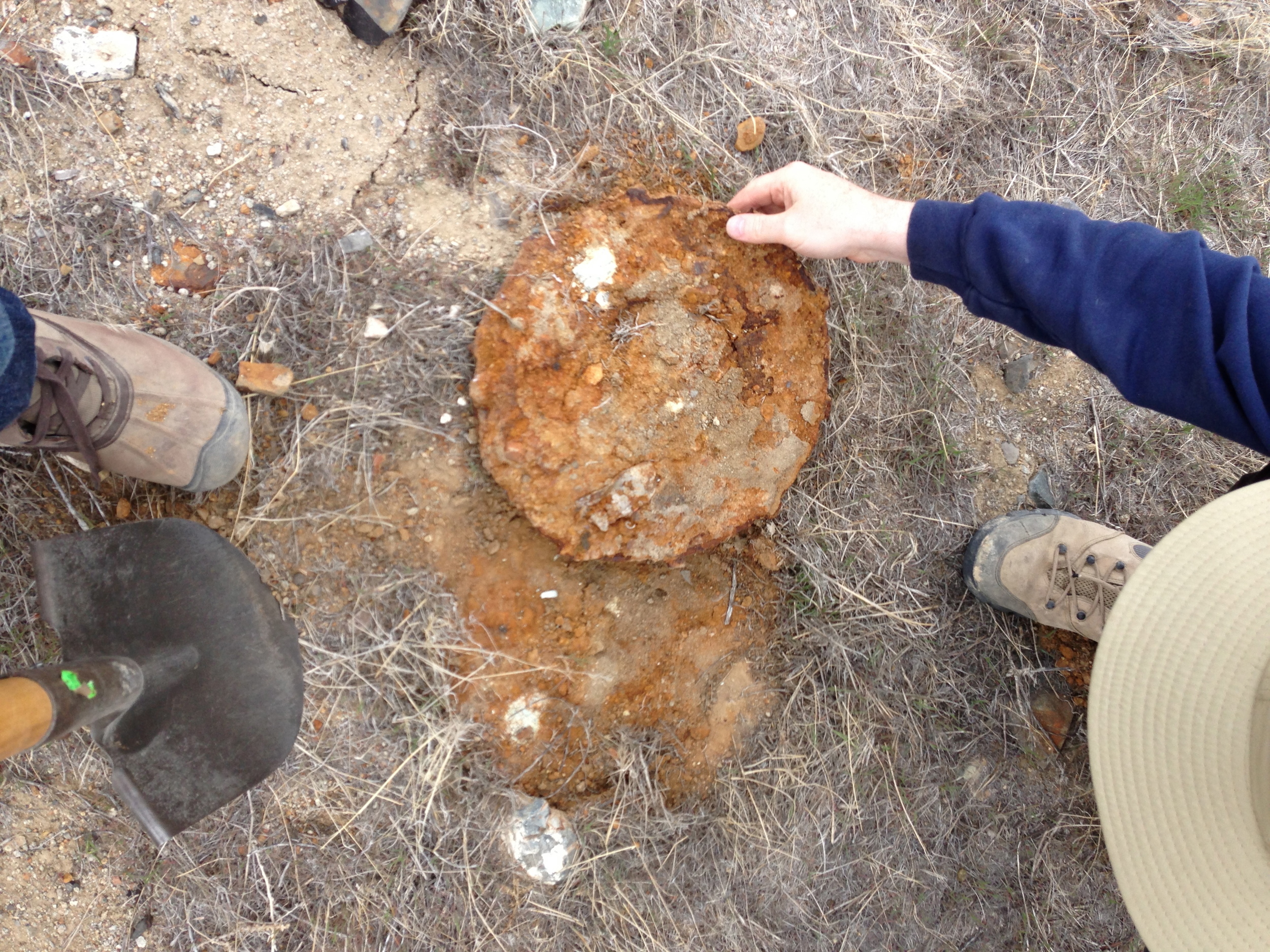

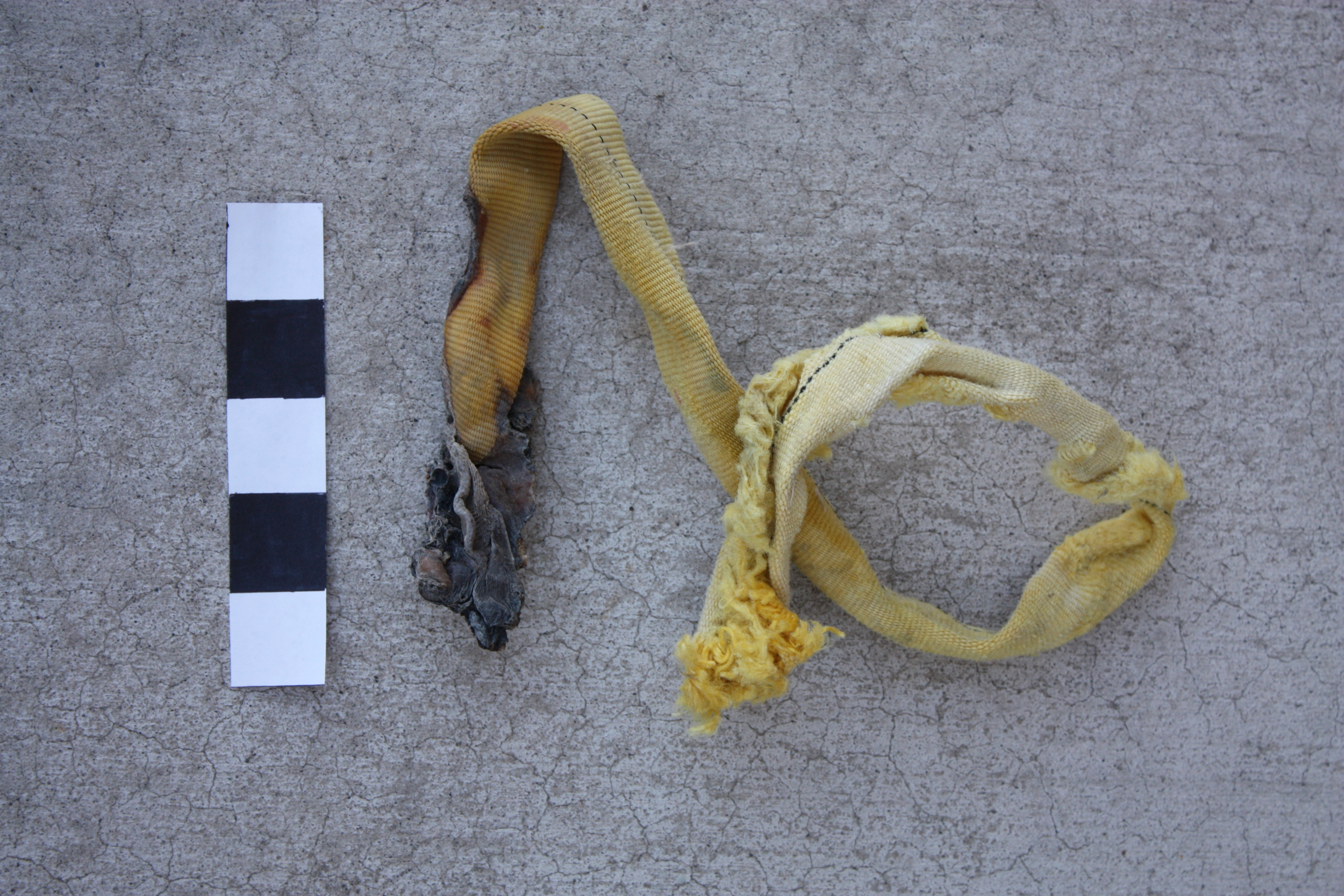
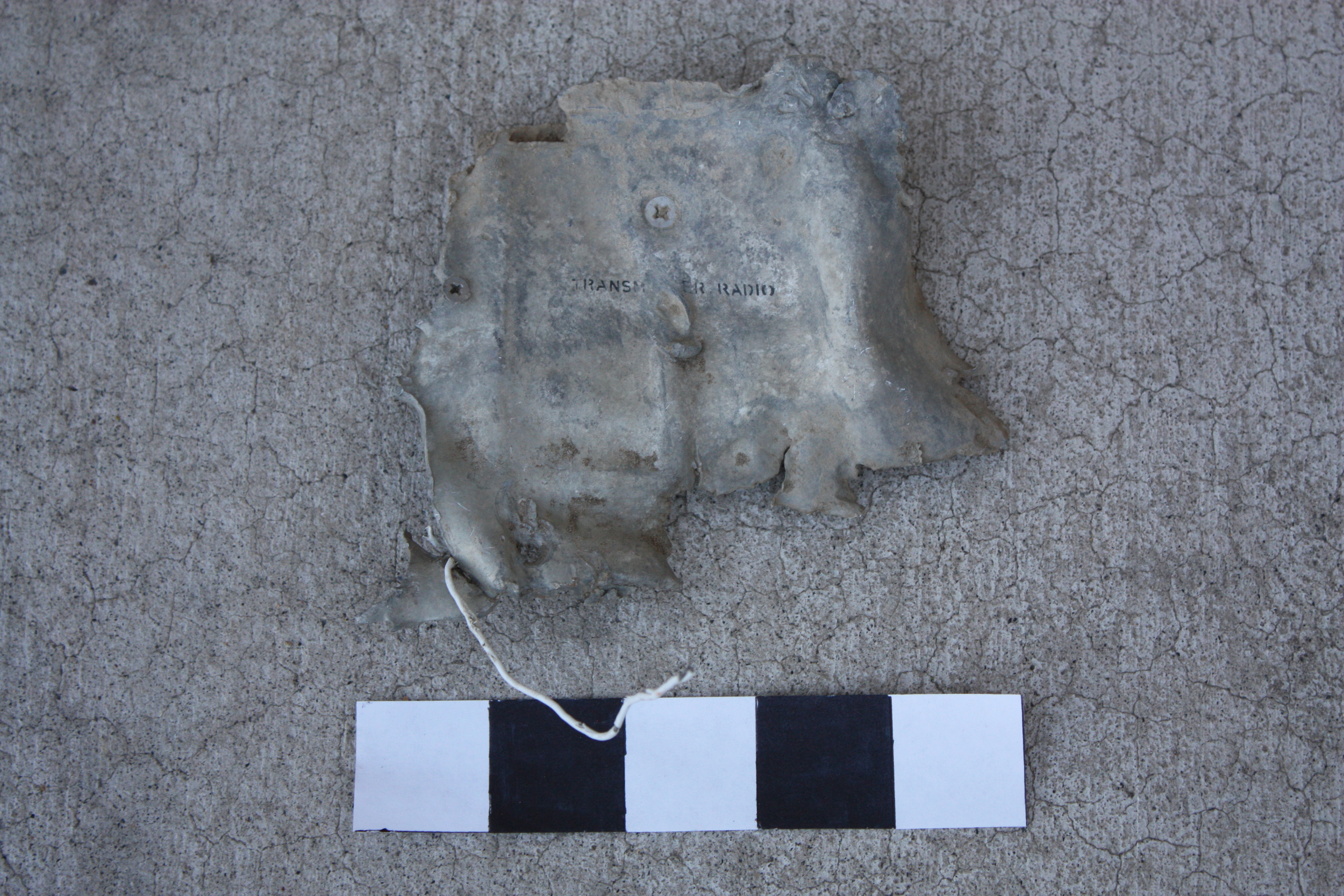
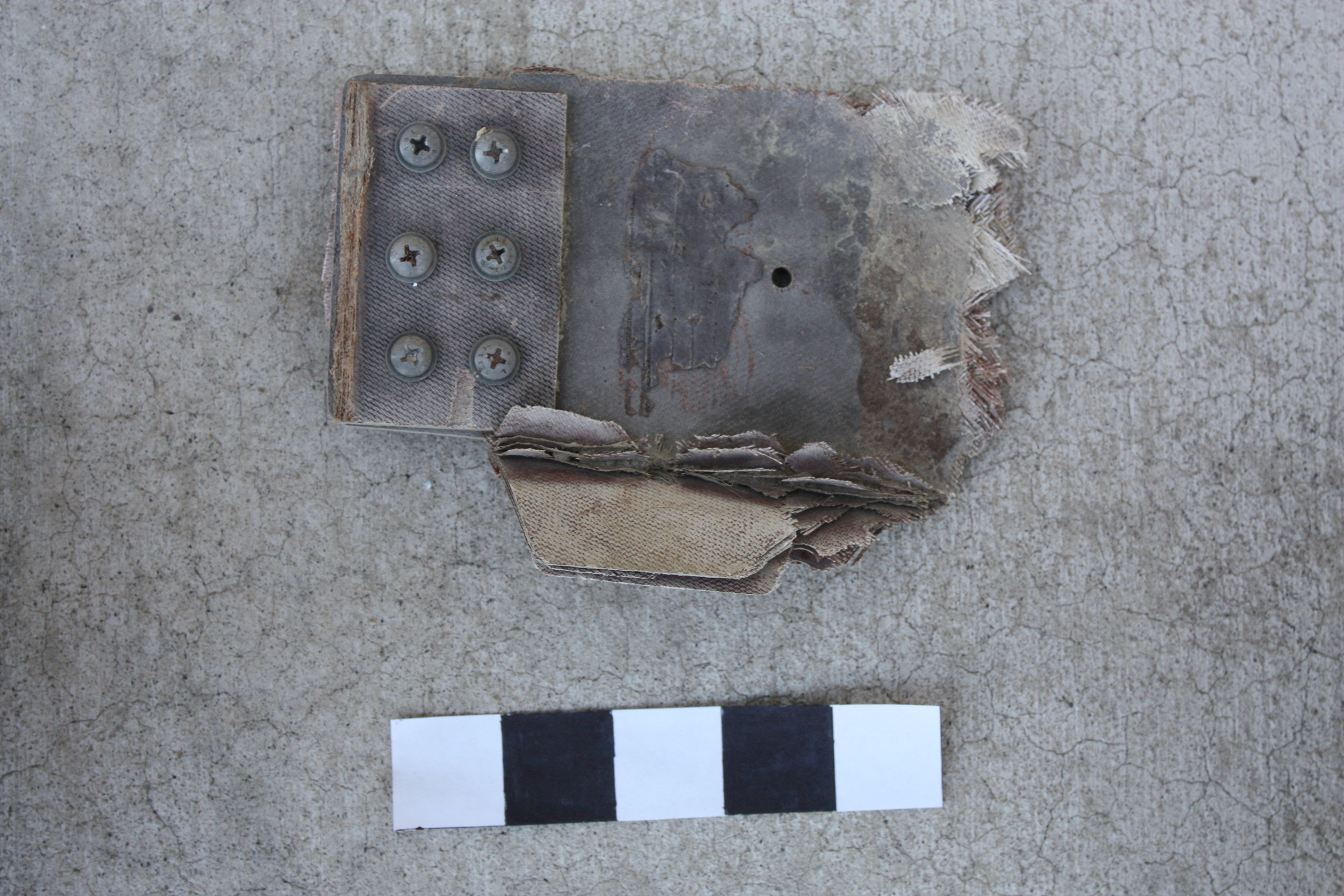
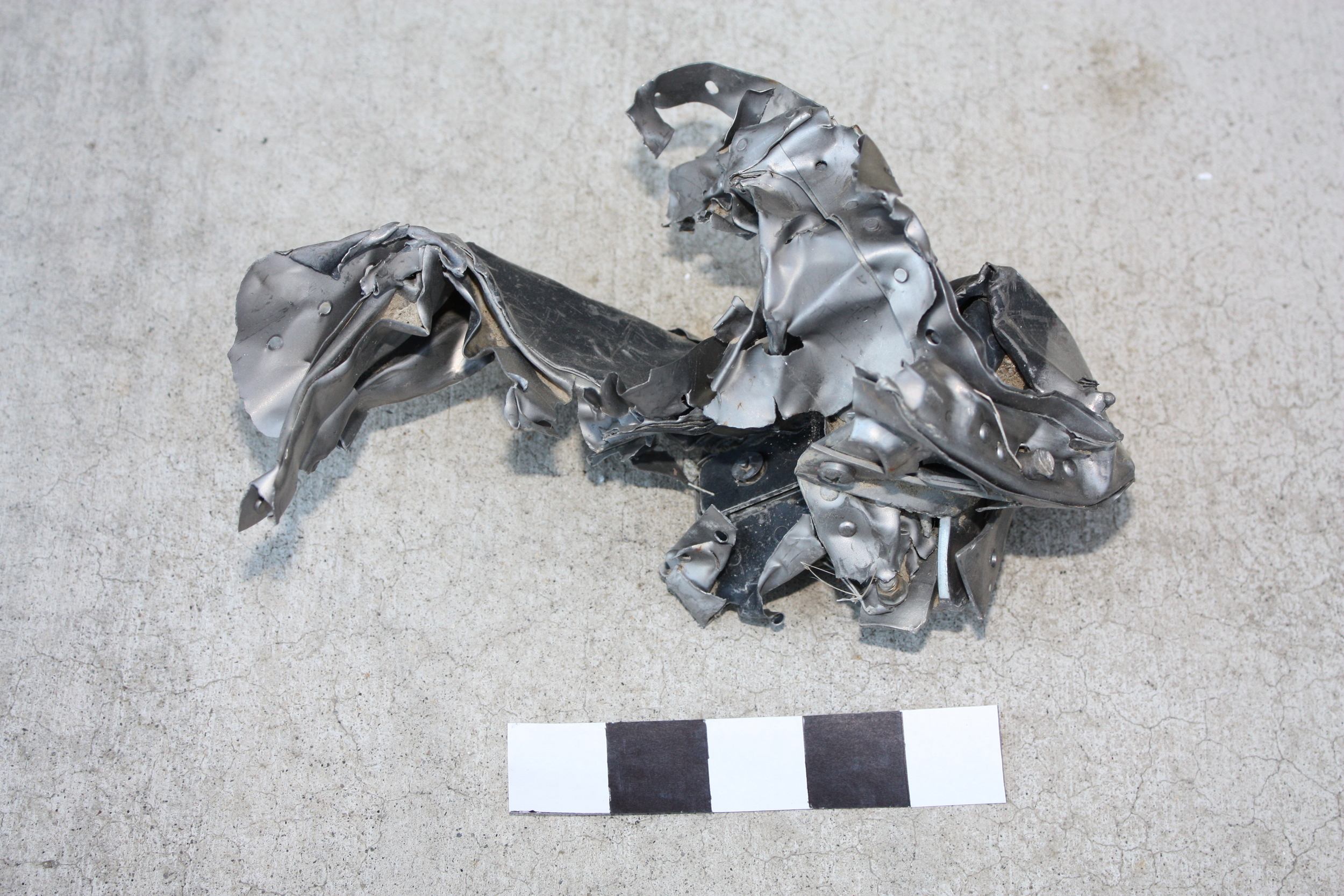
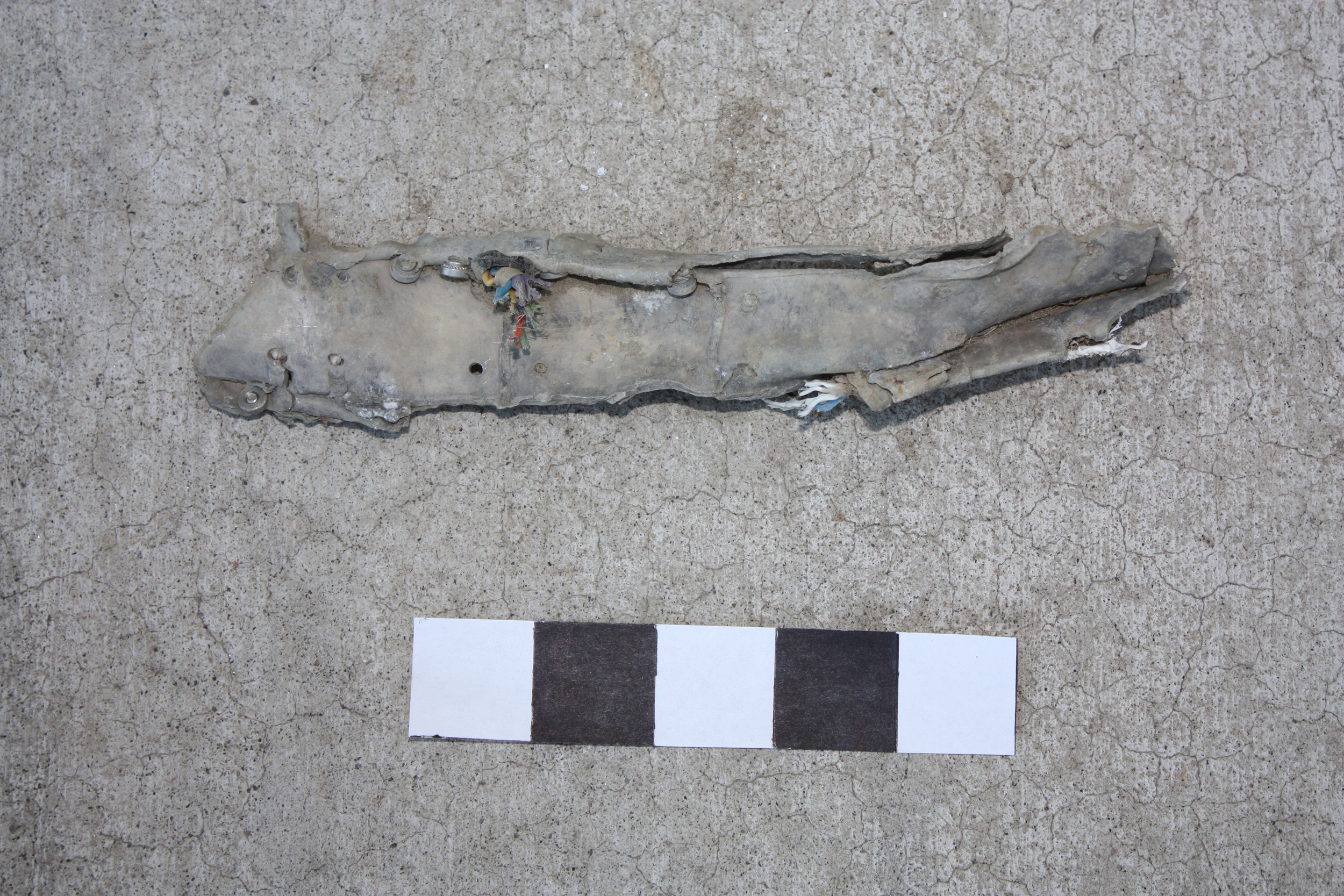



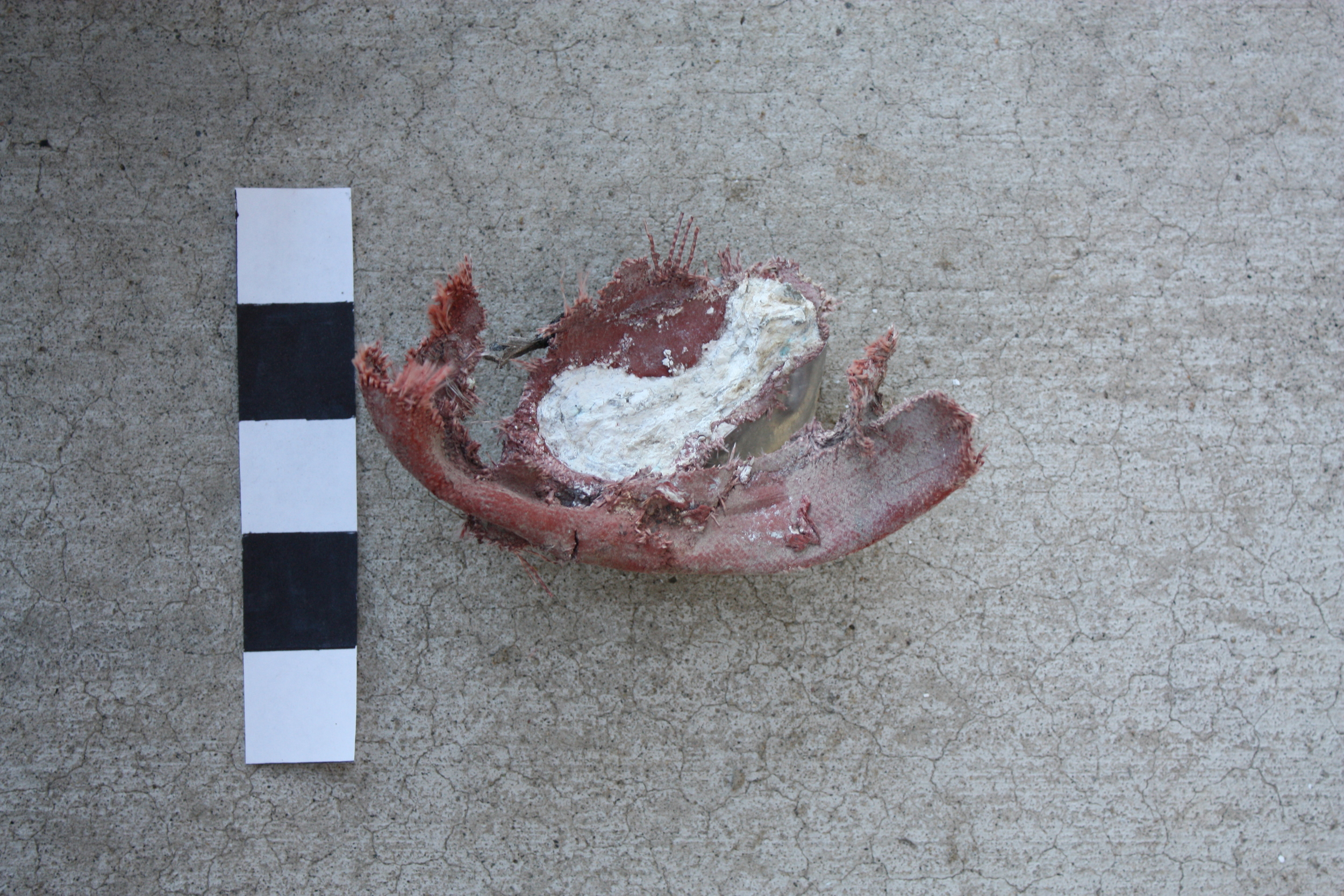


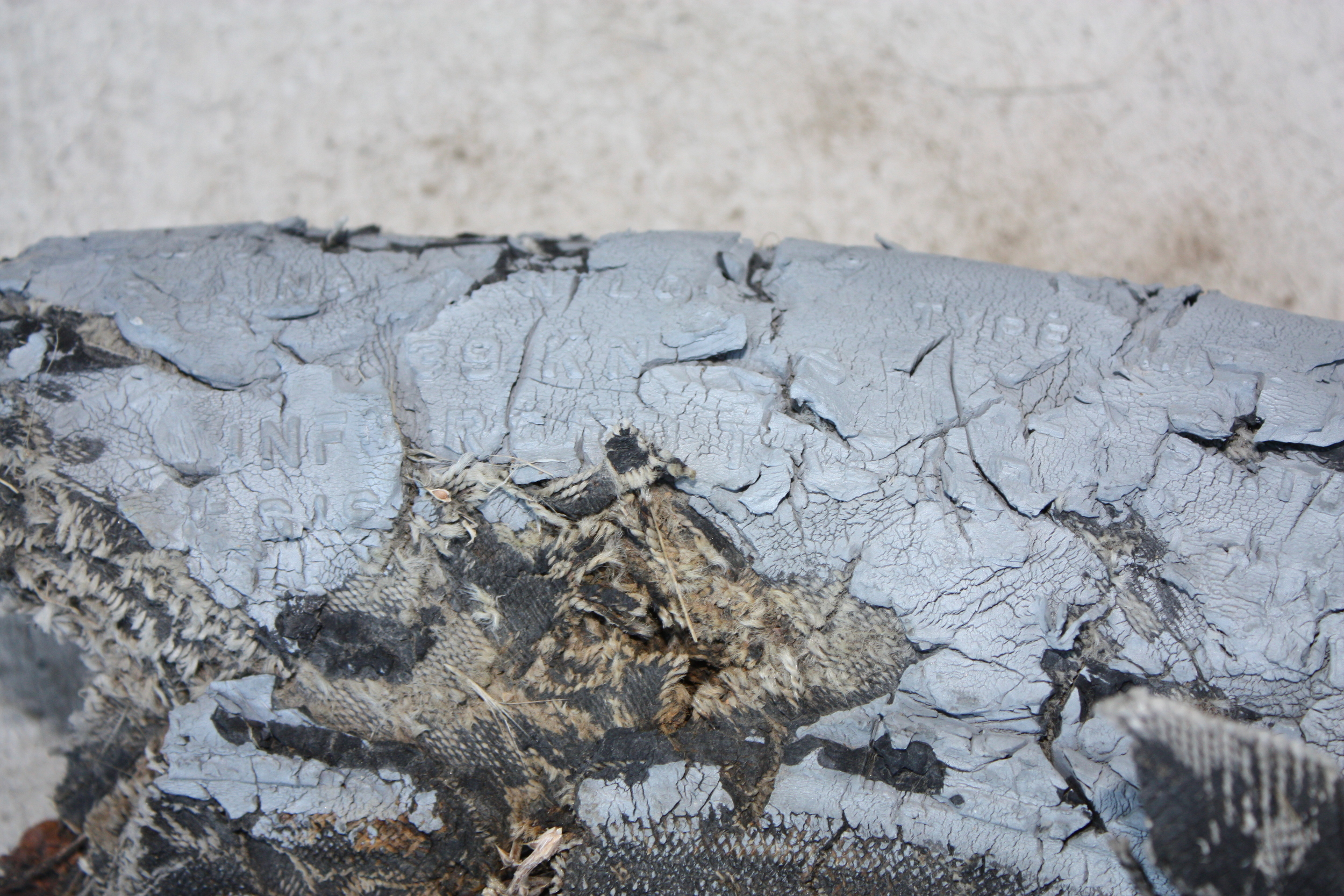
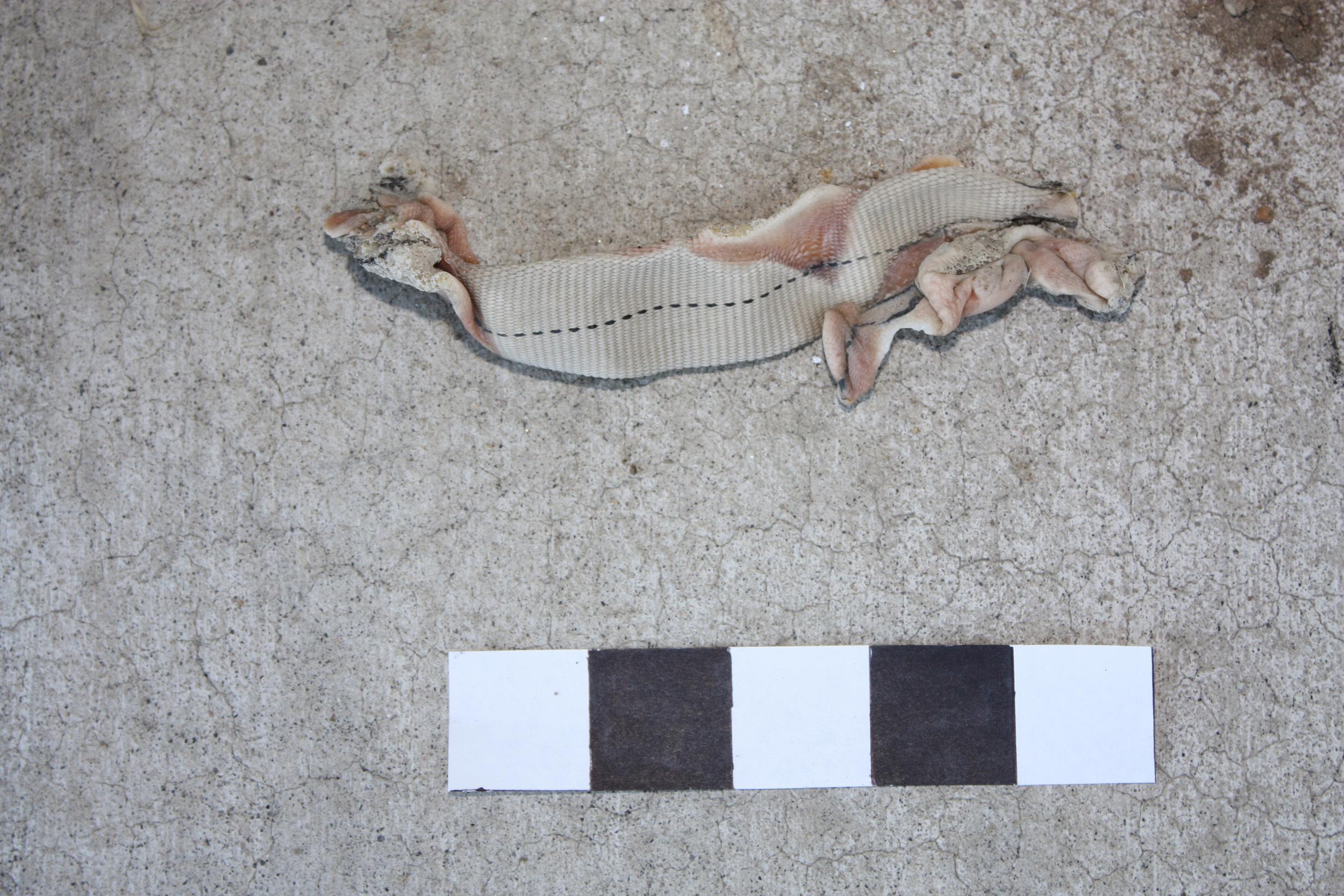

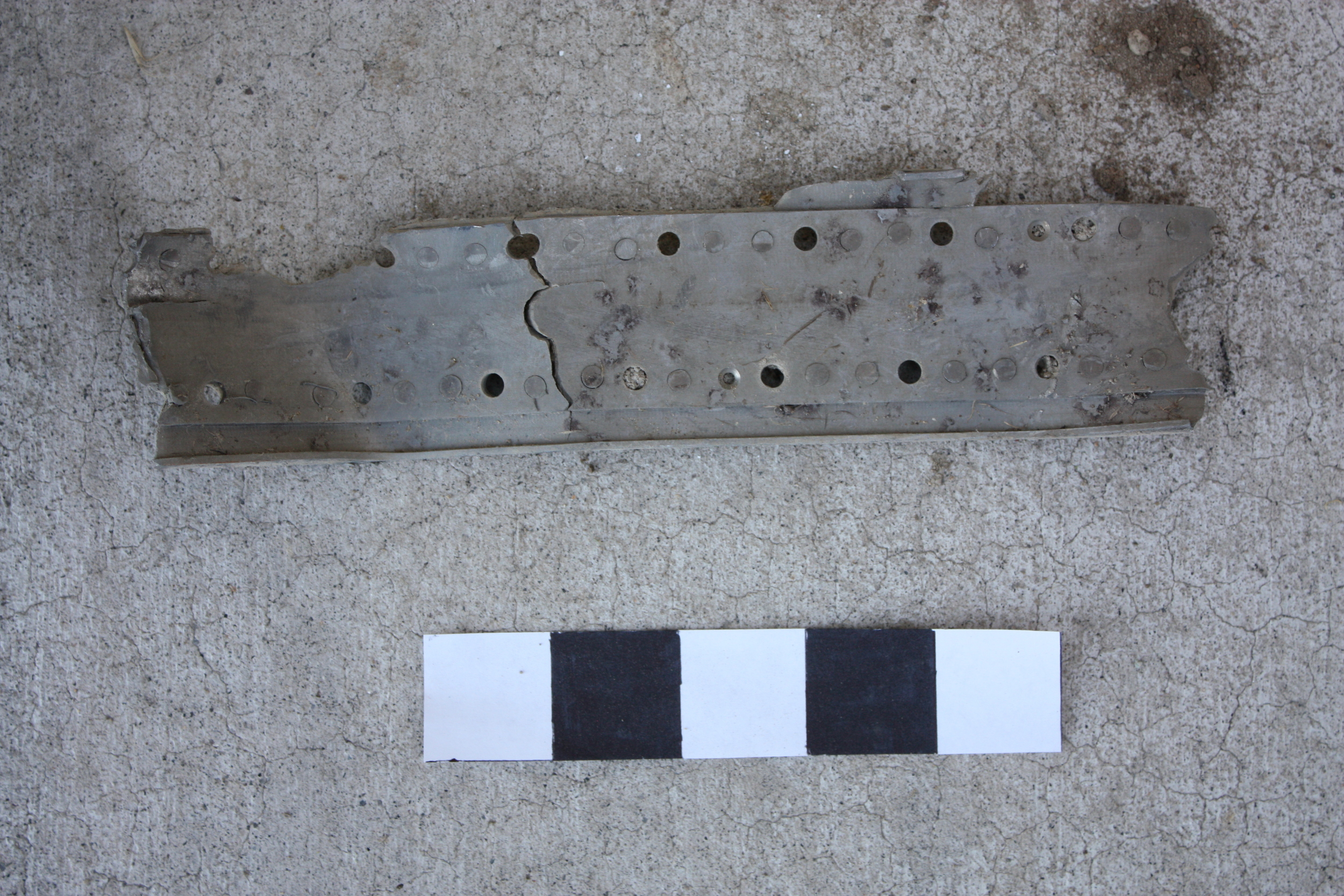
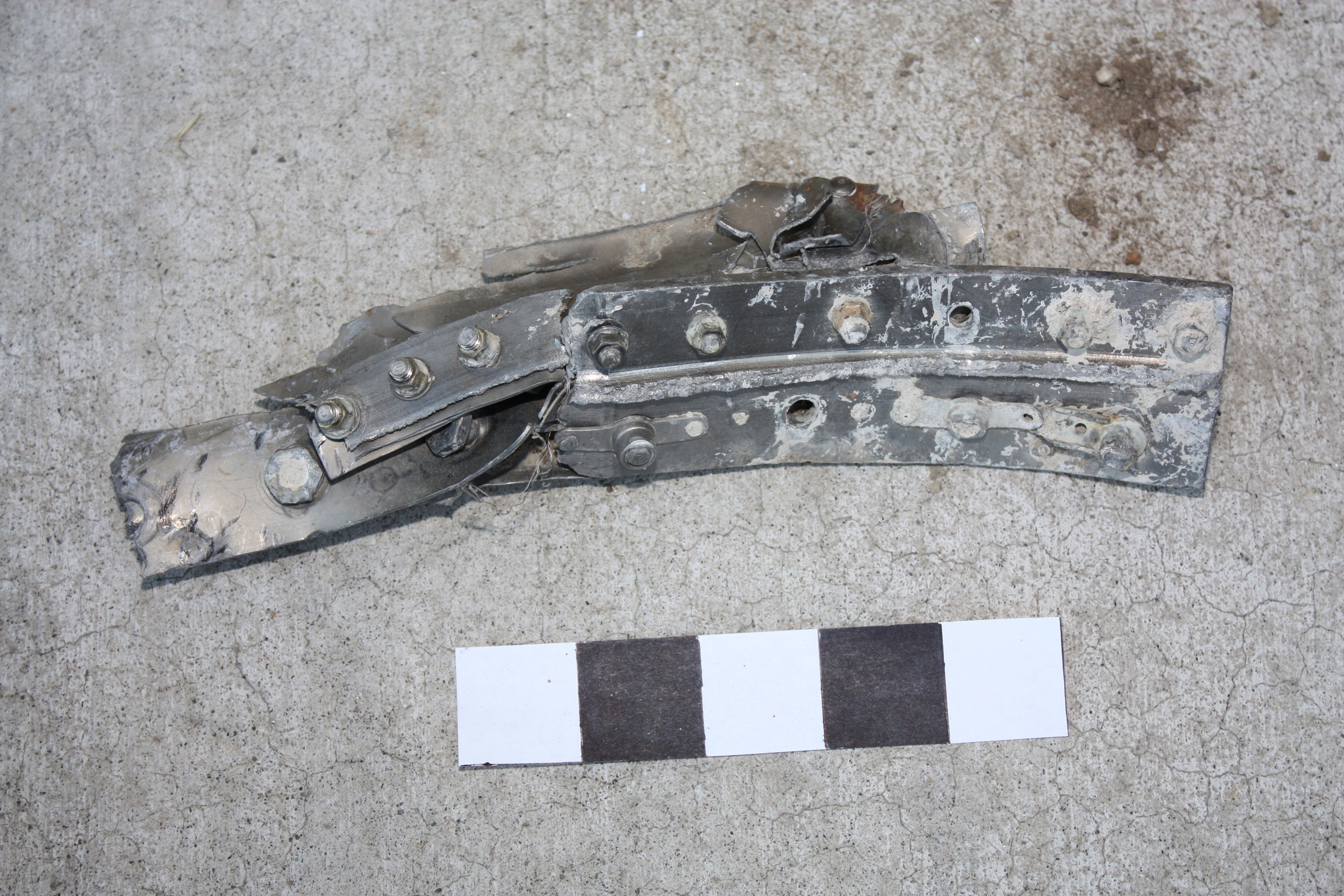



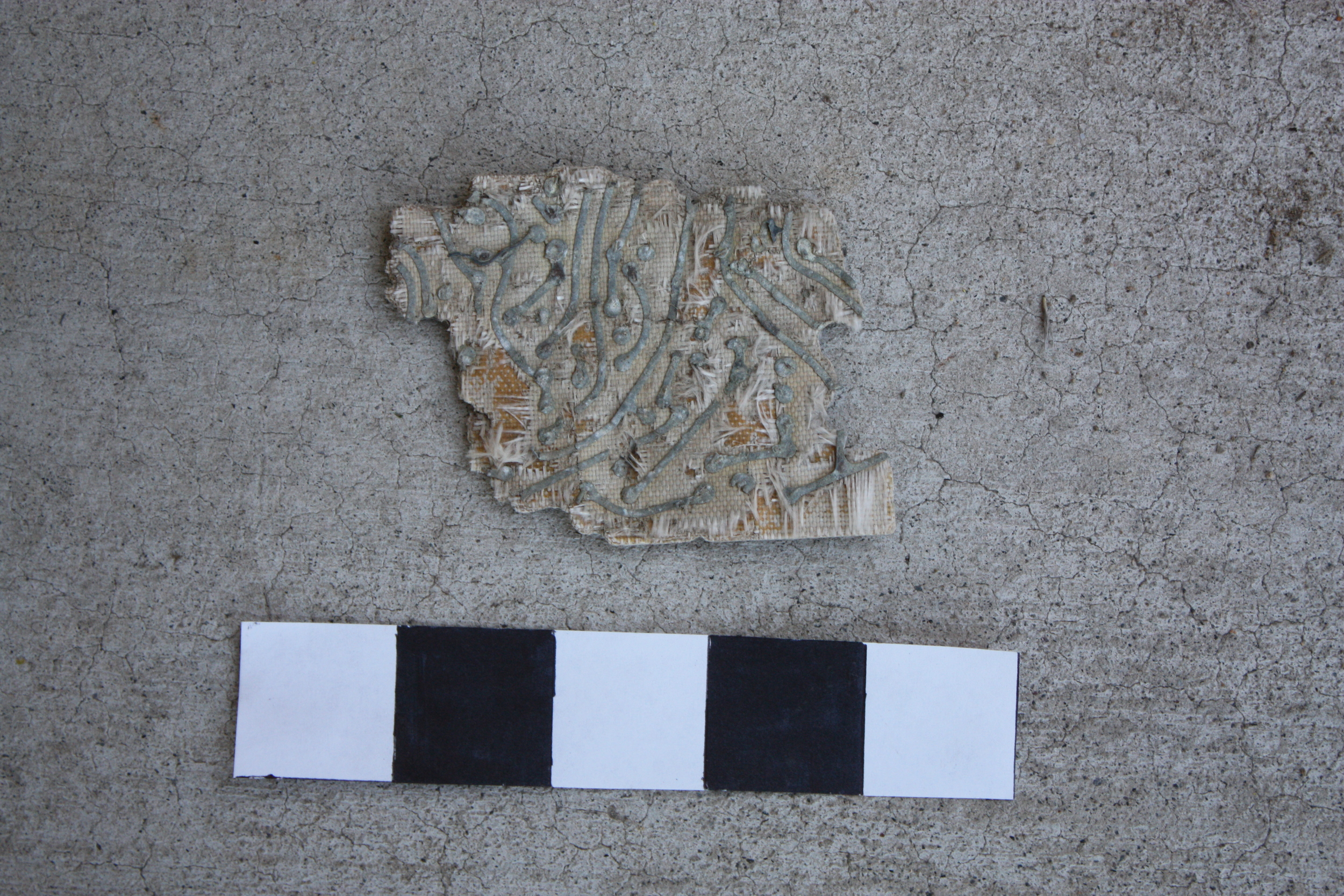

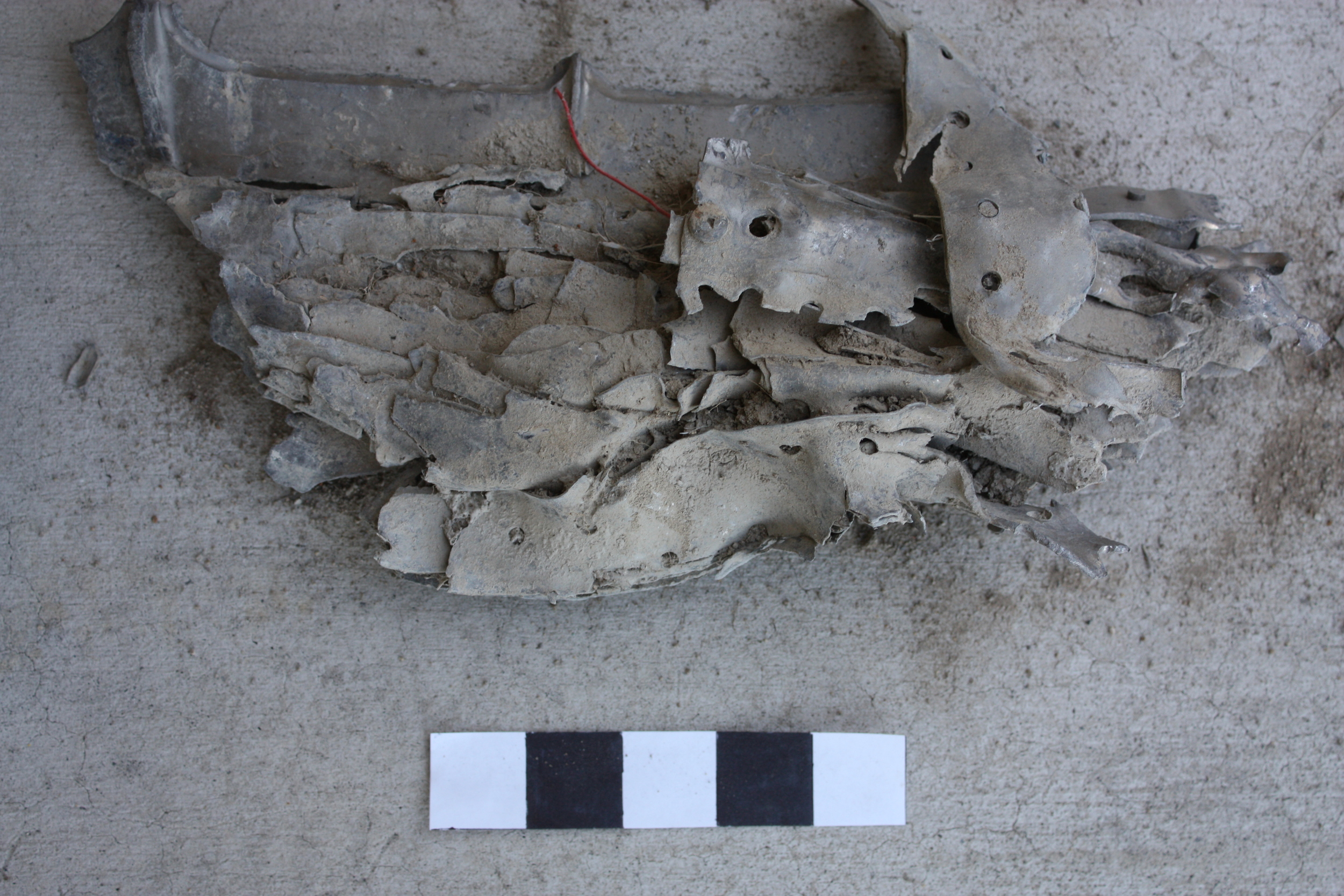
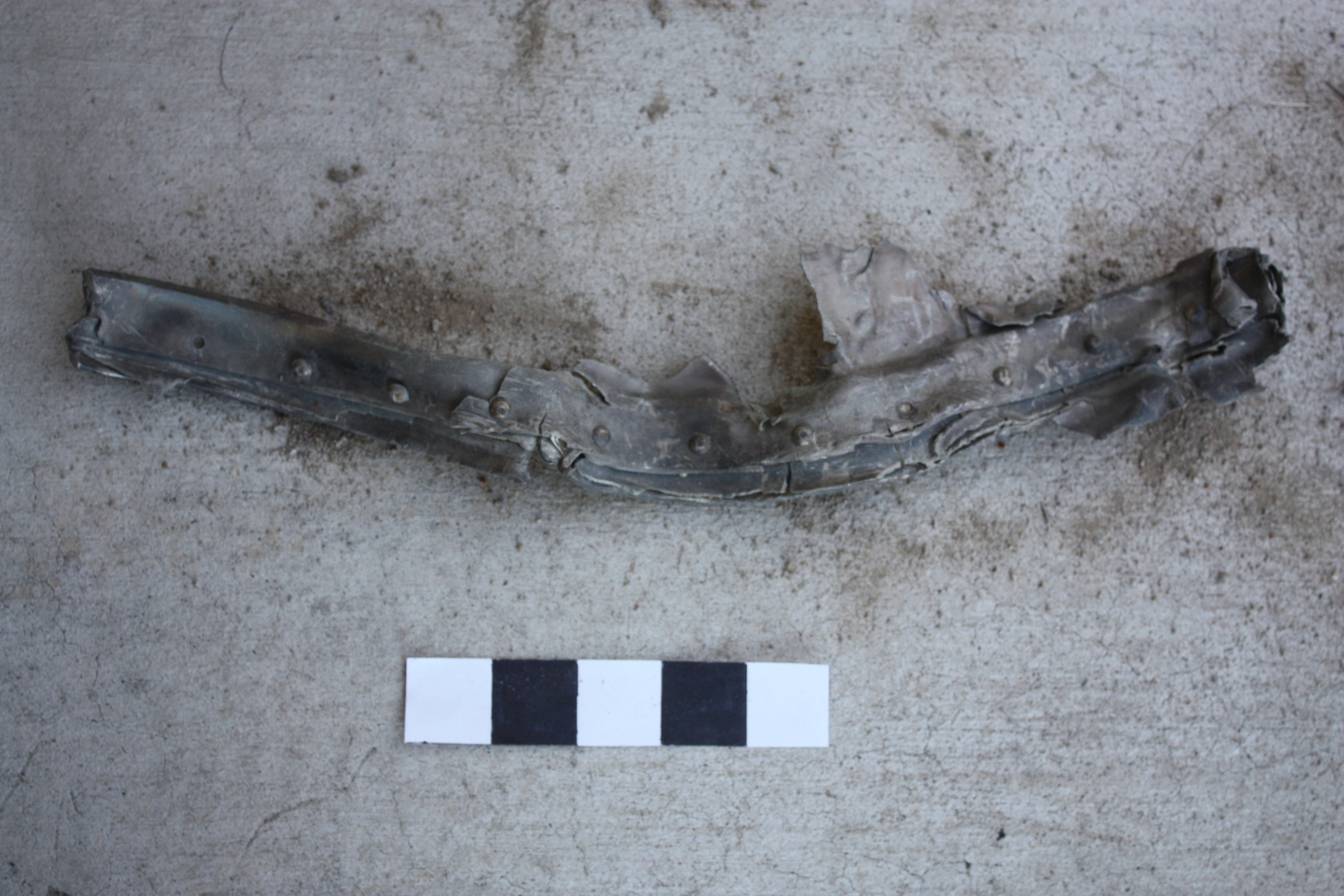

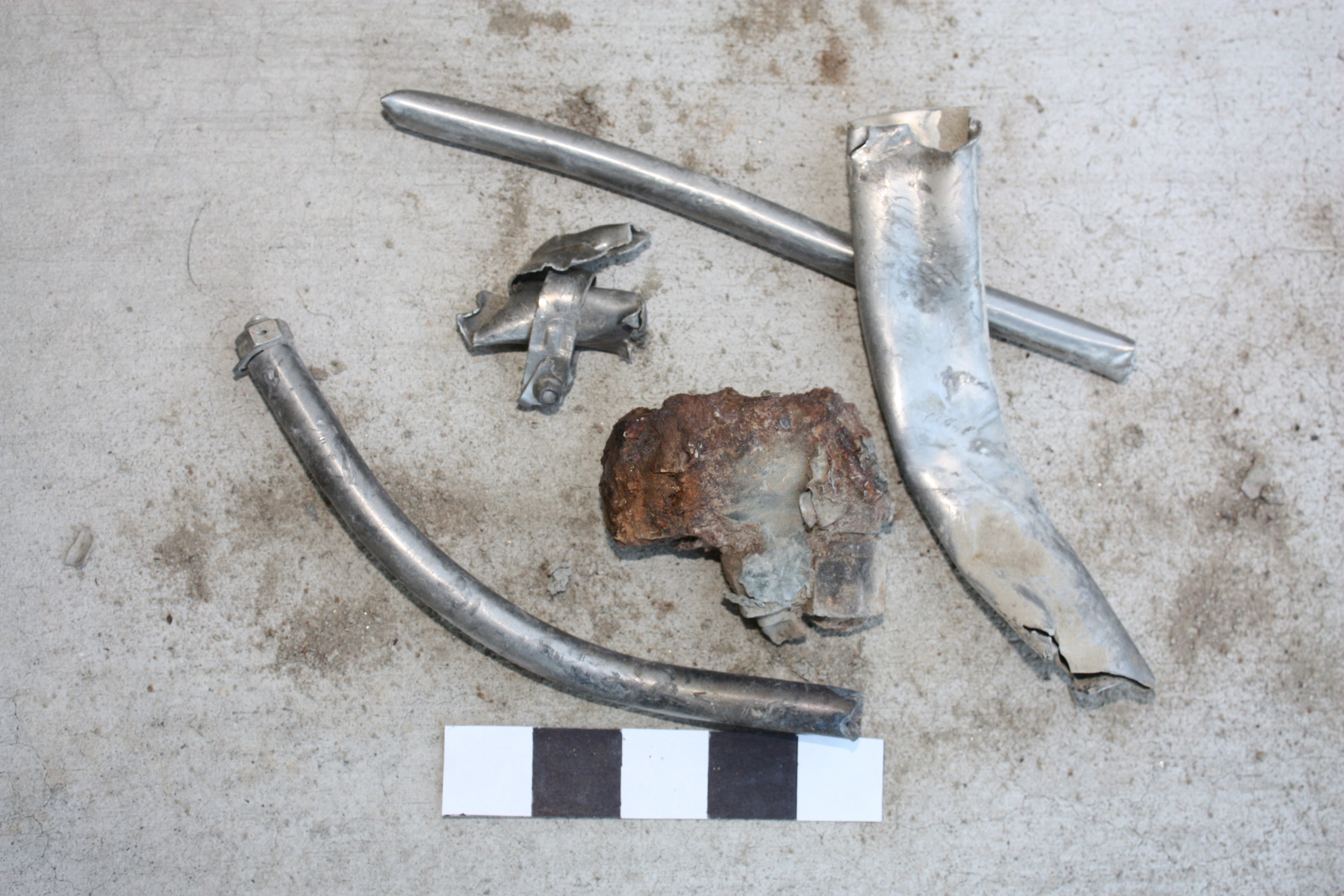

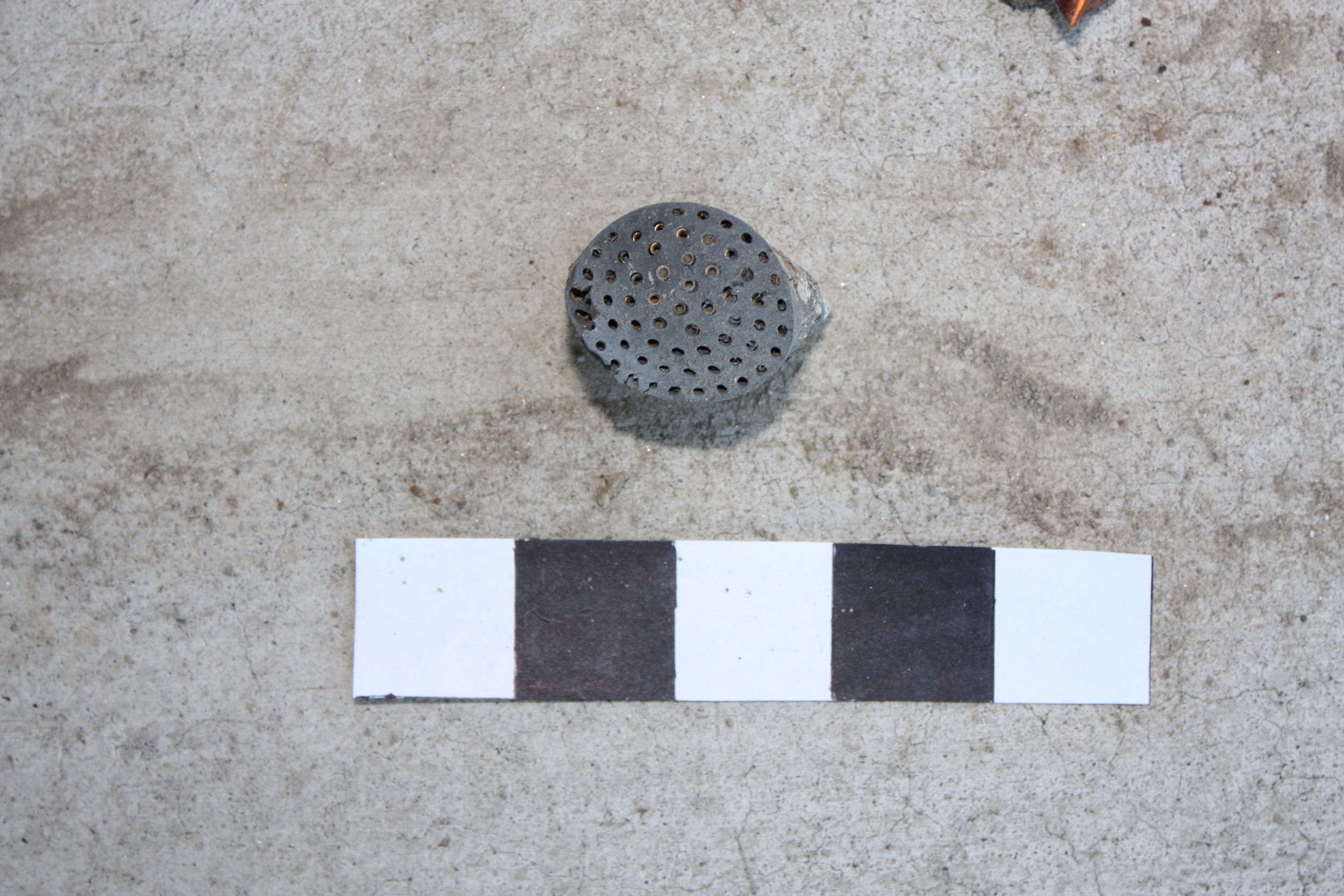






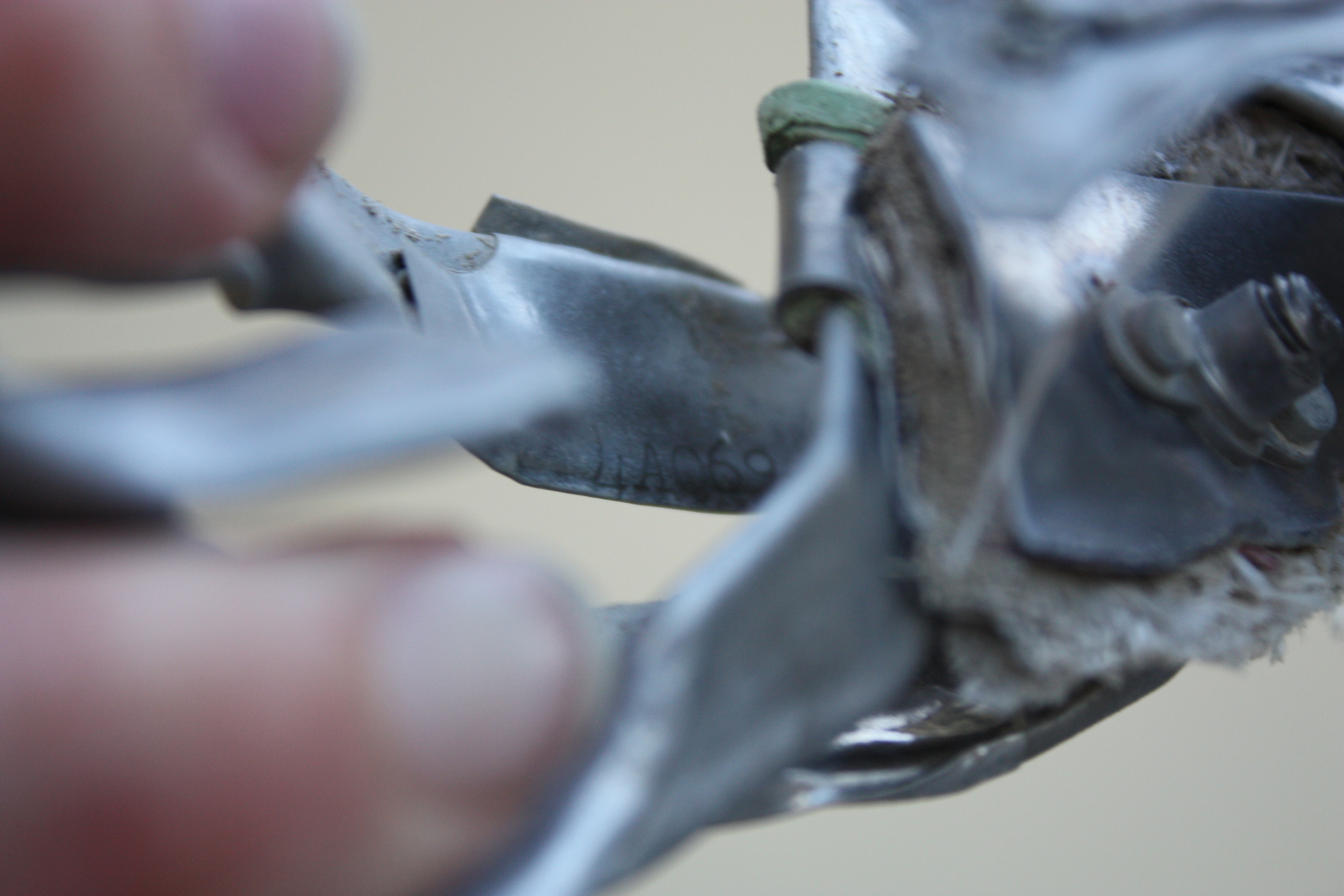

Additional reading
I am indebted to Peter Merlin for his help my hunt for this aircraft. If you are interested in learning more about hunting for the crash sites of experimental and classified aircraft, you can check out Peter and Tony Moore's website, collectively known as the "X-Hunters" after the X series of experimental aircraft they have located. They have a spectacular collection of history documented on the site from their hunts for some of the 20th century's greatest aviation achievements. A link to their book on the subject can be found here.
The SR-71 Flight Manual. An extensive overview of the how and why of almost every system of this amazing aircraft.
Skunk Works: A Personal Memoir of My Years at Lockheed. An excellent first hand account of the inside story of Skunk Works, by the man who ran the place, Ben Rich. The SR-71 and F-117 are among the aircraft he helped develop.
Radar Man: A Personal History of Stealth. An in-depth historical overview of the early days of stealth development at Lockheed Skunk Works by Edward Lovick Jr. This book is rich in technical detail.



